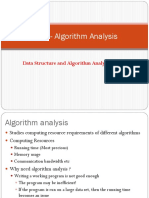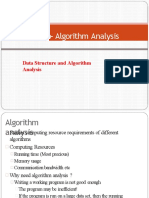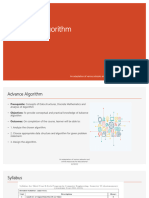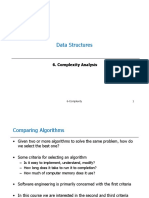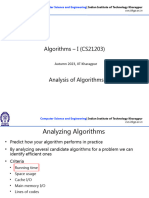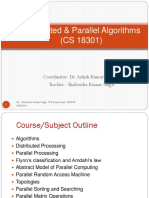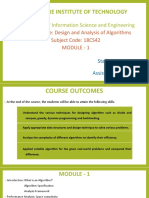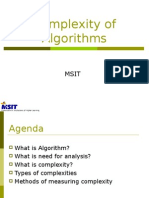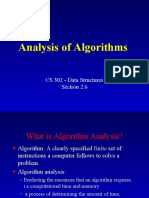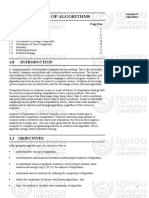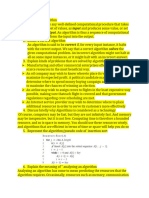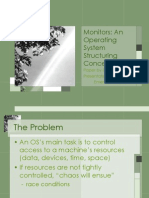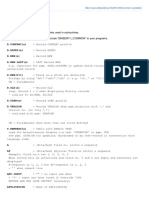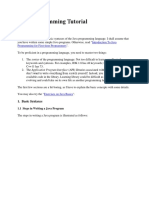0% found this document useful (0 votes)
36 views52 pagesDS - CS01 Algorithm Analysis
Kindly check
Uploaded by
sunnymanuka0Copyright
© © All Rights Reserved
We take content rights seriously. If you suspect this is your content, claim it here.
Available Formats
Download as PPTX, PDF, TXT or read online on Scribd
0% found this document useful (0 votes)
36 views52 pagesDS - CS01 Algorithm Analysis
Kindly check
Uploaded by
sunnymanuka0Copyright
© © All Rights Reserved
We take content rights seriously. If you suspect this is your content, claim it here.
Available Formats
Download as PPTX, PDF, TXT or read online on Scribd
/ 52














